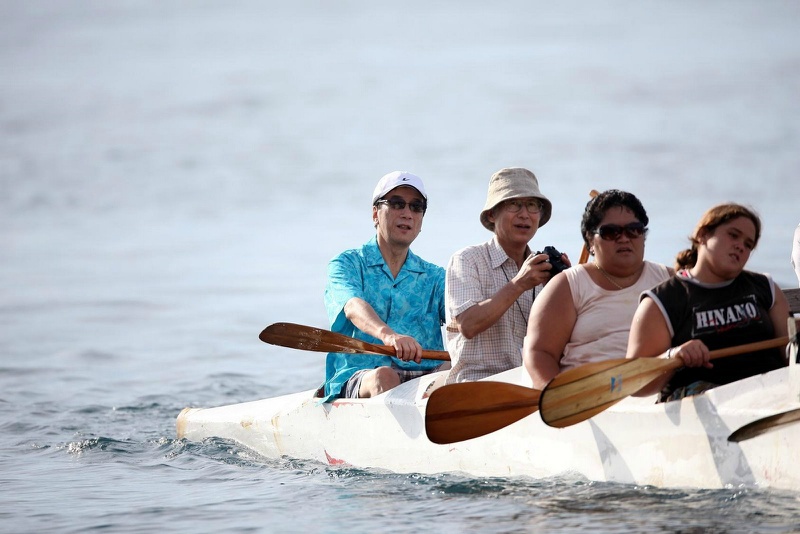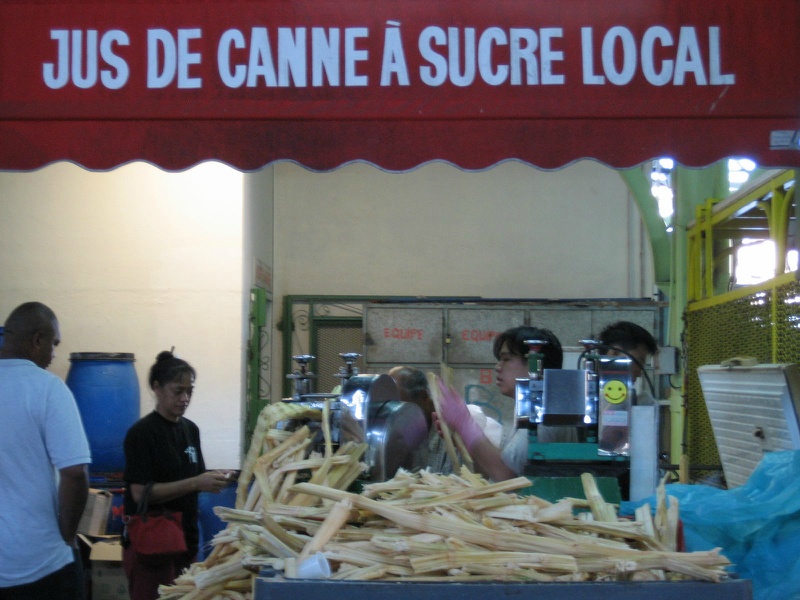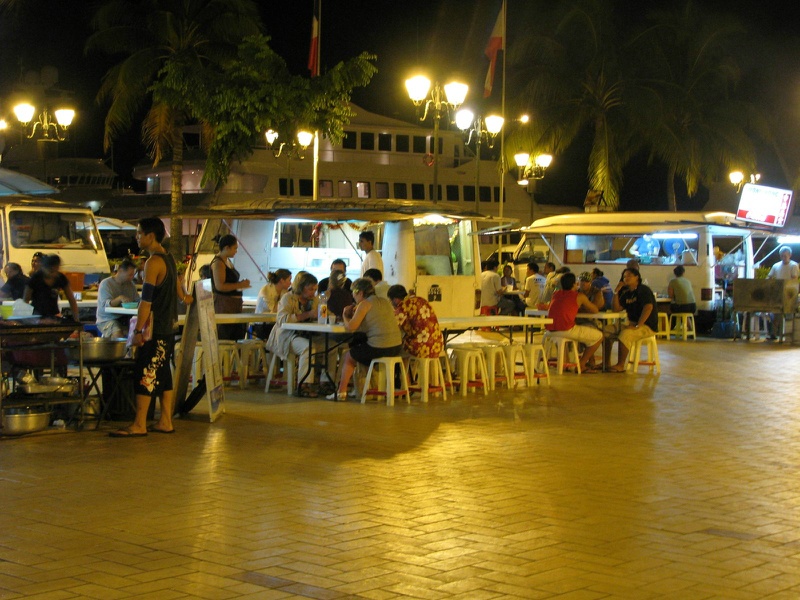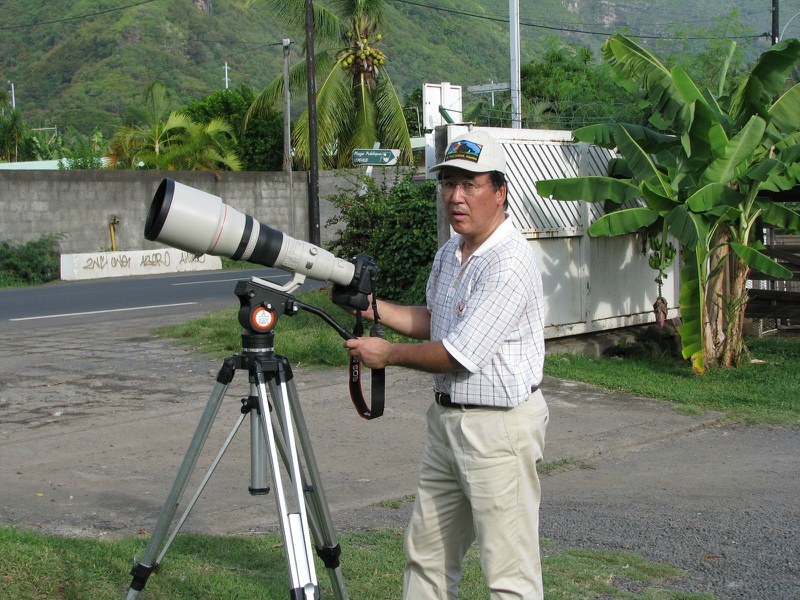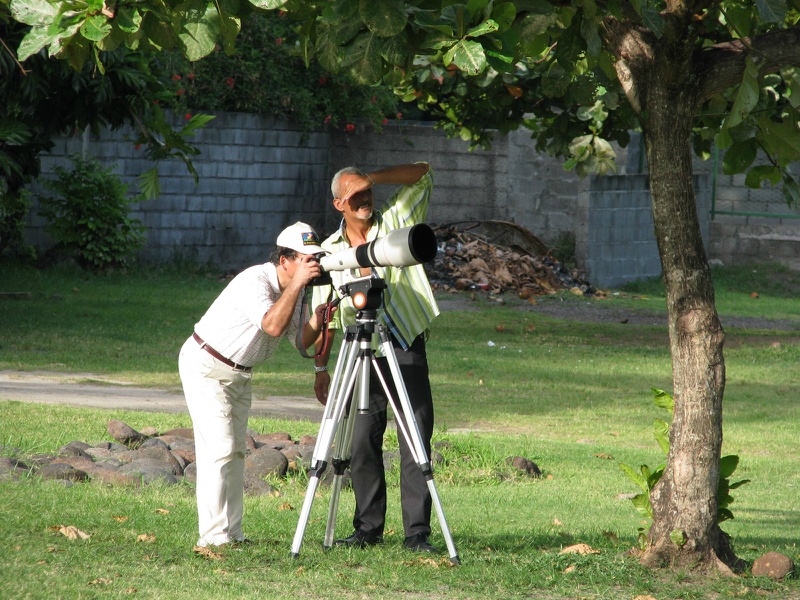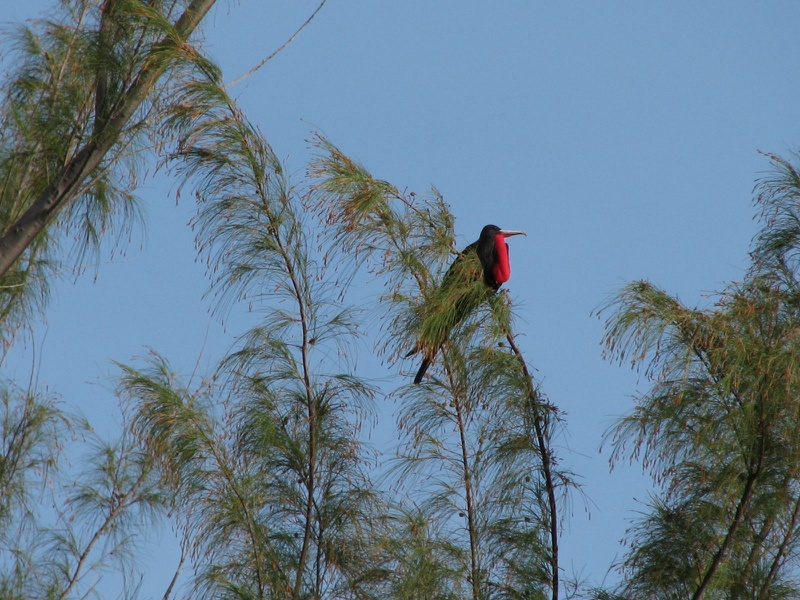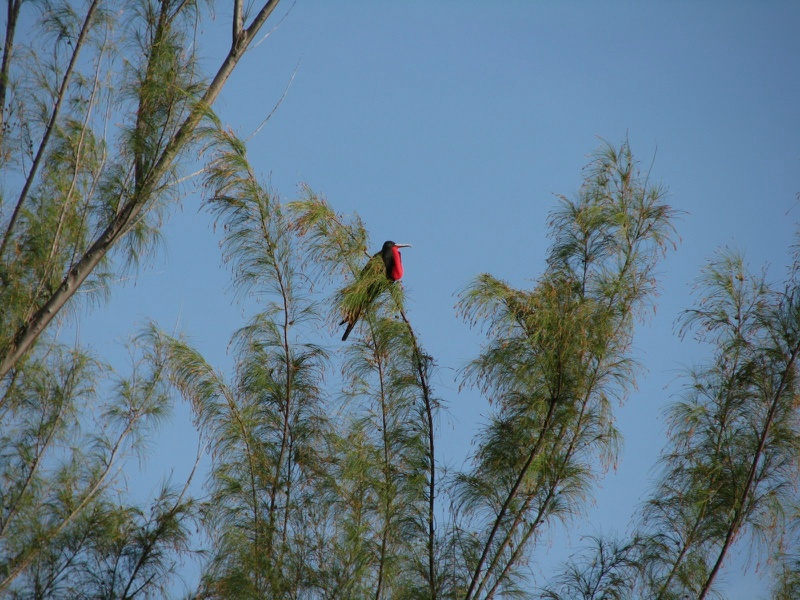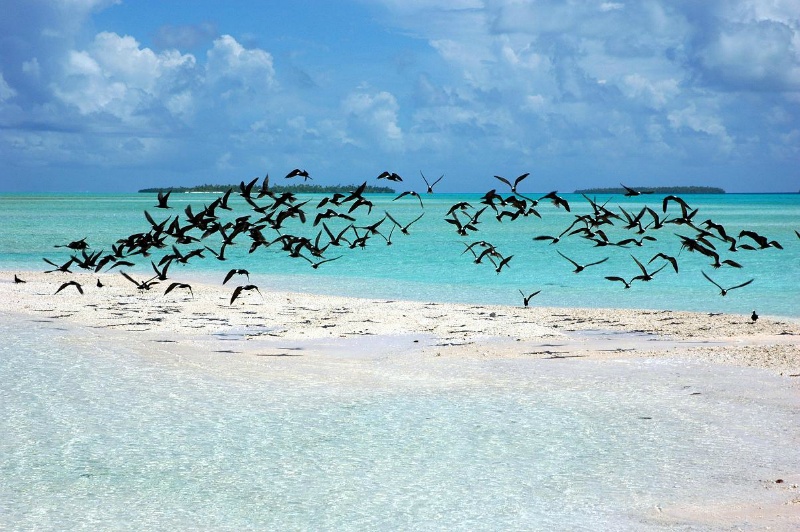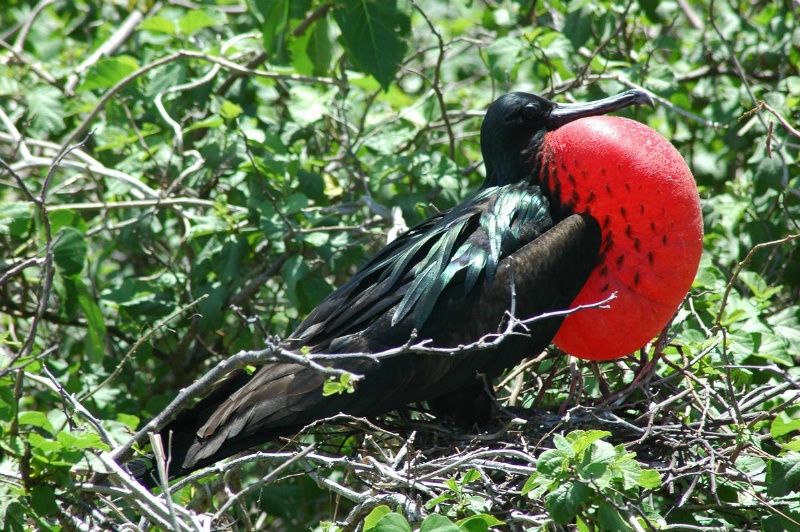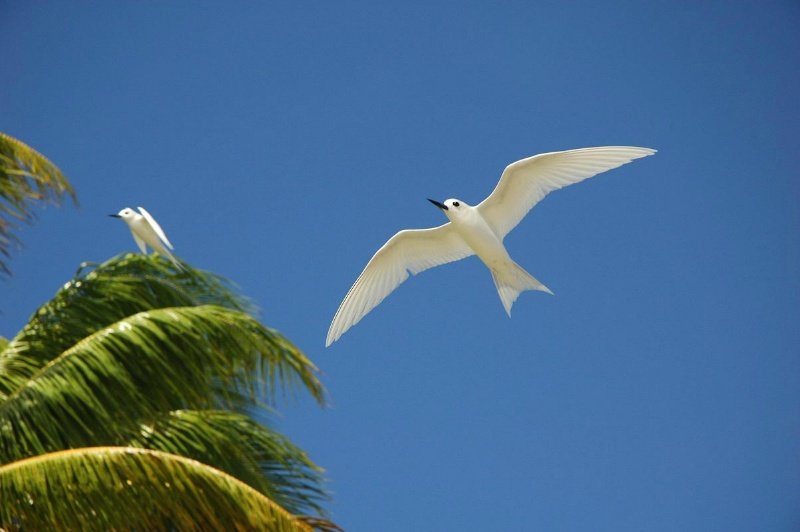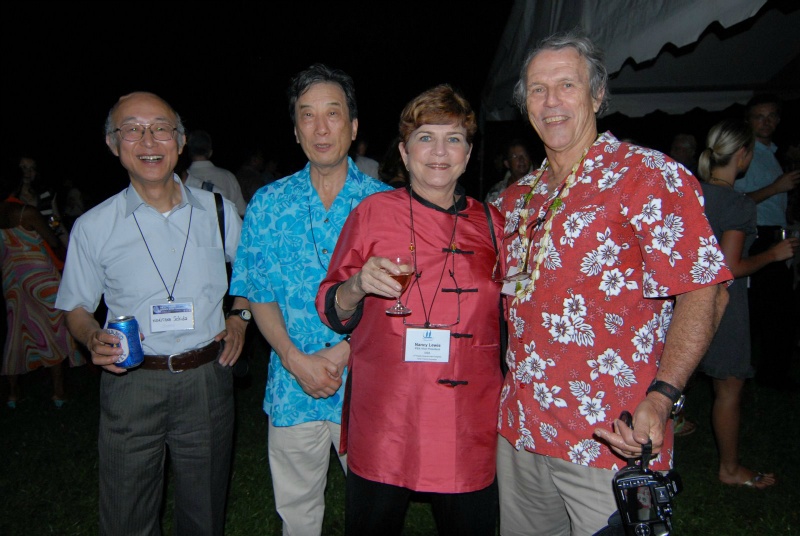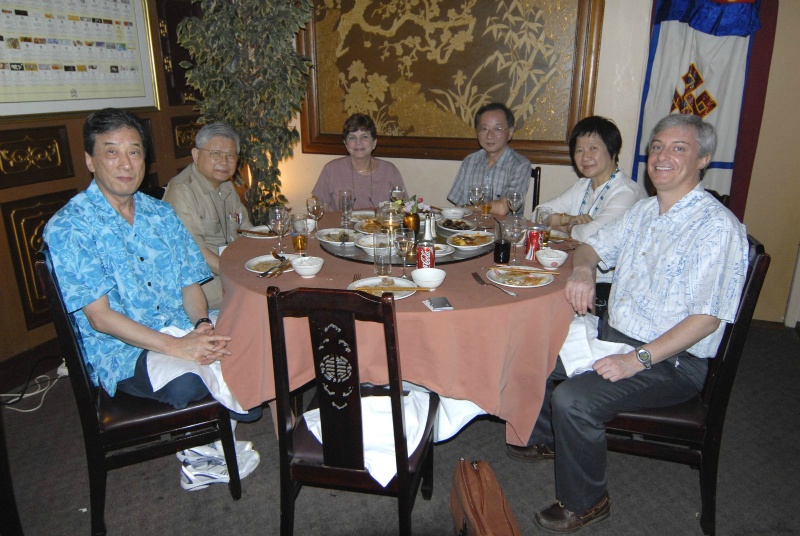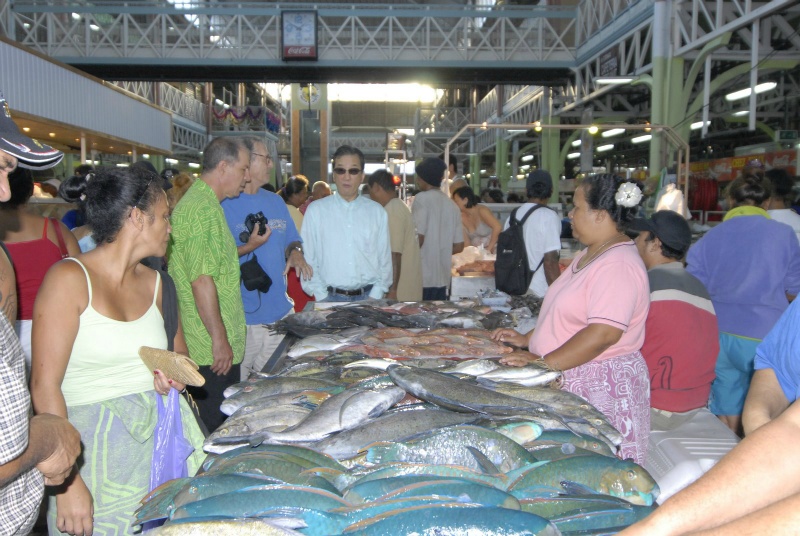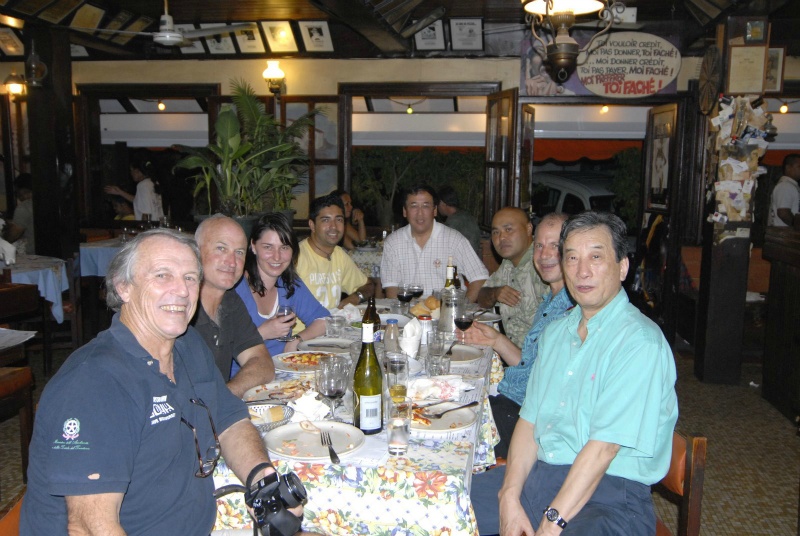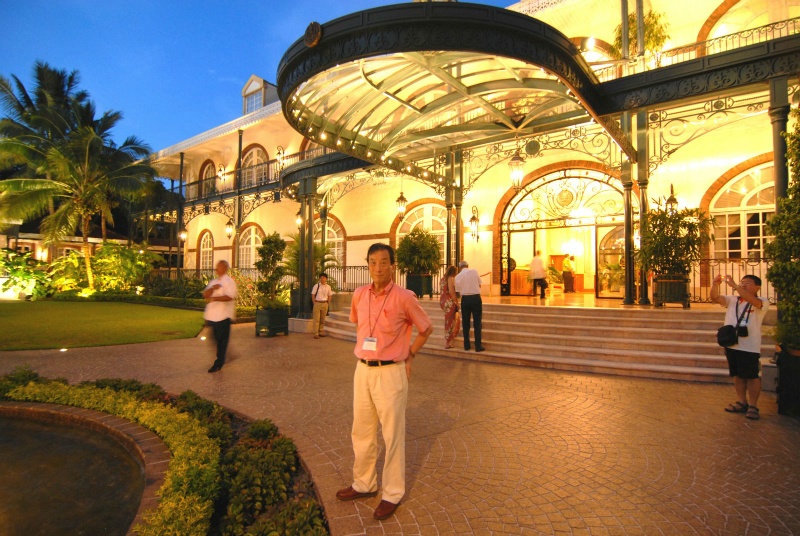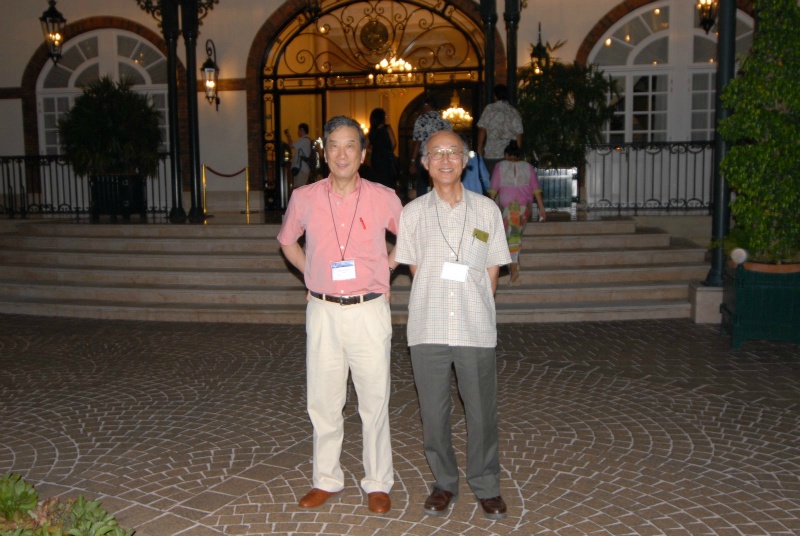Kauffman Foundation is a group focusing on "Entrepreneurship" (so to say "Entrepreneurial mind" or "Spirit of enterprise" (as in the book "5 propsitions of Web age" by Mochio Umeda.) ? since it is not just about businesses・・・.) that held Global Entrepreneurship Week around the world and as I have reported to you in this blog, several programs were carried out in Japan also at National Graduate Institute of Policy Studies (GRIPS) where I work and at Kyoto with cooperation from Honda foundation.
Kauffman foundation and UCSD (University of California San Diego) jointly opened a 2 day conference hosted by U.S.A. inviting Great Britain, Japan, and Canada under the theme of "What Industry Wants from Universities." Several attendee from each country (naturally people from U.S.A. were dominant because they were from the host country.) gathered to have great discussions over various topics including policies. The program was nicely planned and contents were very good. It was truly a worthy meeting. Especially, I would like to point out that British people contributed much in keeping the discussion in good mood by their witty comments. Their sense of humor is outstanding.
I will write about the meeting once the report is posted on the web.
Photo1: With participants from Japan
(more photos are uploaded on Picasa)
Participants from Japan were Dr.Sunami from GRIPS, Dr.Harayama from Tohoku University, Dr.Kneller from RCAST, University of Tokyo, and Dr.William Saito. They are unusual members, I would say. All are working in Japan for these few years, but their main education or career path were at overseas.
Nice weather and campus, jolly fellows. I was very much in a refreshed mood. After the conference we had a tour at Calit2. We saw only a few people around though brobably because it was Saturday.
In San Diego, WBC which Japan also participated was about to start. Wasn’t it great that Japan won the championship?
Anyway, after all, California is a bright sunshine state. It’s so nice.








